Big cats, the majestic titans of the animal kingdom, captivate us with their grace and power. They rule the wilderness with an unyielding presence, carving out their domains with precision and might. But what lies beneath this awe-inspiring façade is a complex tapestry of behaviors and strategies designed to sustain their territories. This article will explore the intriguing world of big cat territoriality, unraveling the secrets of how they maintain their territories and defend their borders.
The Importance of Territory
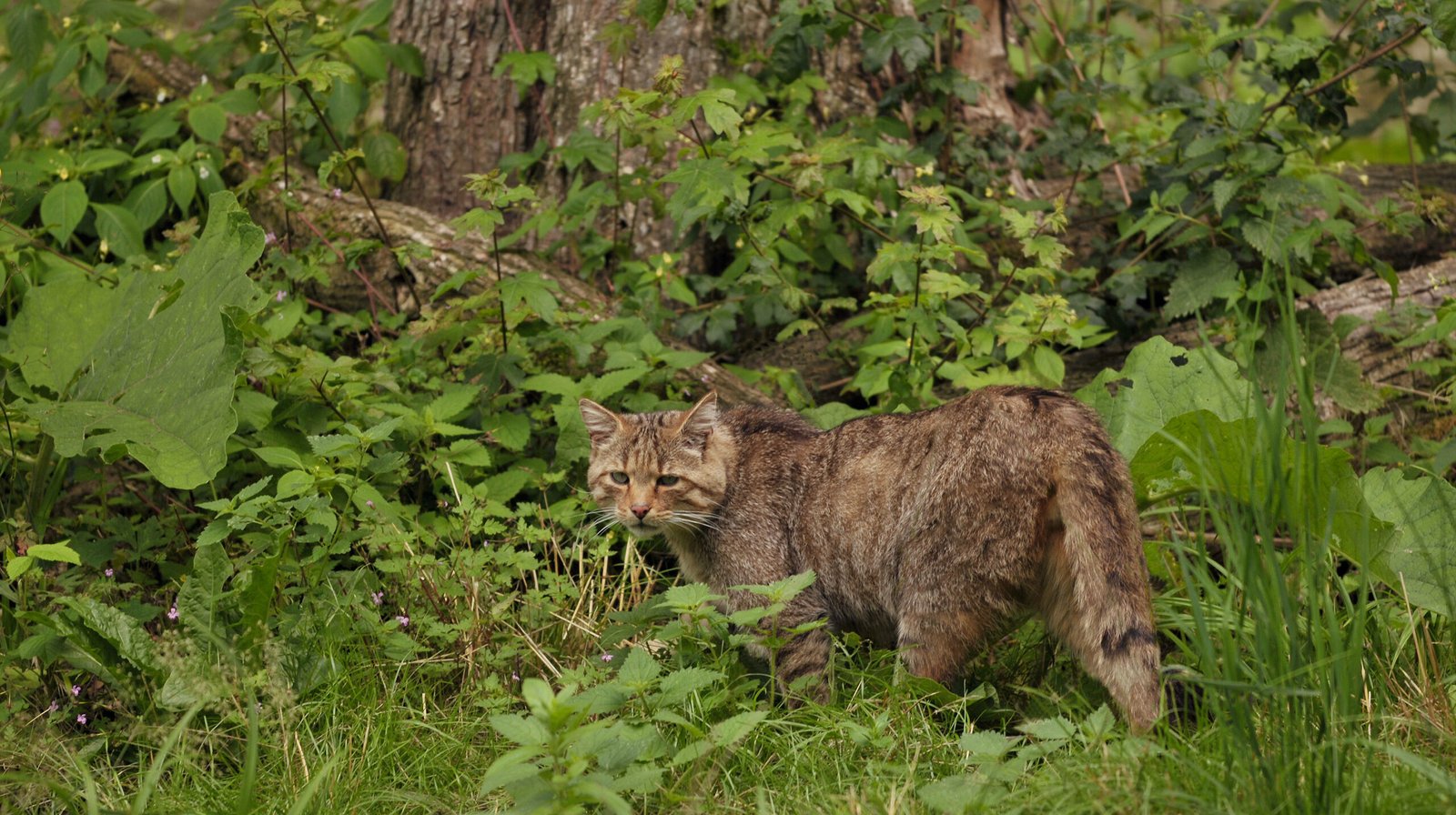
Territory is not just a piece of land for big cats; it is their very lifeline. It provides them with the essentials: food, water, and shelter. A well-guarded territory ensures a steady supply of prey, which is crucial for their survival. Without it, they would face competition and scarcity, jeopardizing their existence. The size of a territory can vary widely, influenced by the species, habitat, and the abundance of resources. In essence, territory is the foundation upon which a big cat’s life is built.
How Big Cats Mark Their Territory
Marking territory is fundamental for big cats, and they employ a variety of methods to do so. Scent marking is the most prevalent approach, involving the use of urine, feces, and scent glands to leave a distinct olfactory signature. These marks are left on trees, rocks, and other surfaces, signaling to others that the area is claimed. Vocalizations, such as roars or growls, also play a crucial role in warning potential intruders. Together, these methods create a network of signals that define the boundaries of their realm.
The Role of Scent in Territory Defense
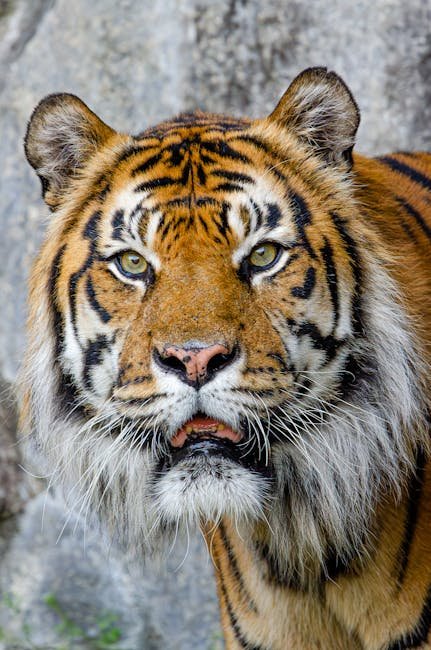
Scent is a powerful tool in the arsenal of big cats for territory defense. Each cat has a unique scent profile, allowing them to recognize their territory and detect intruders. By regularly patrolling their borders and renewing scent markings, they reinforce their claim and deter potential rivals. This olfactory communication is essential for maintaining social order and minimizing conflicts with neighboring cats. It’s a silent yet potent way of asserting dominance and preserving peace.
Vocalizations as Territorial Signals
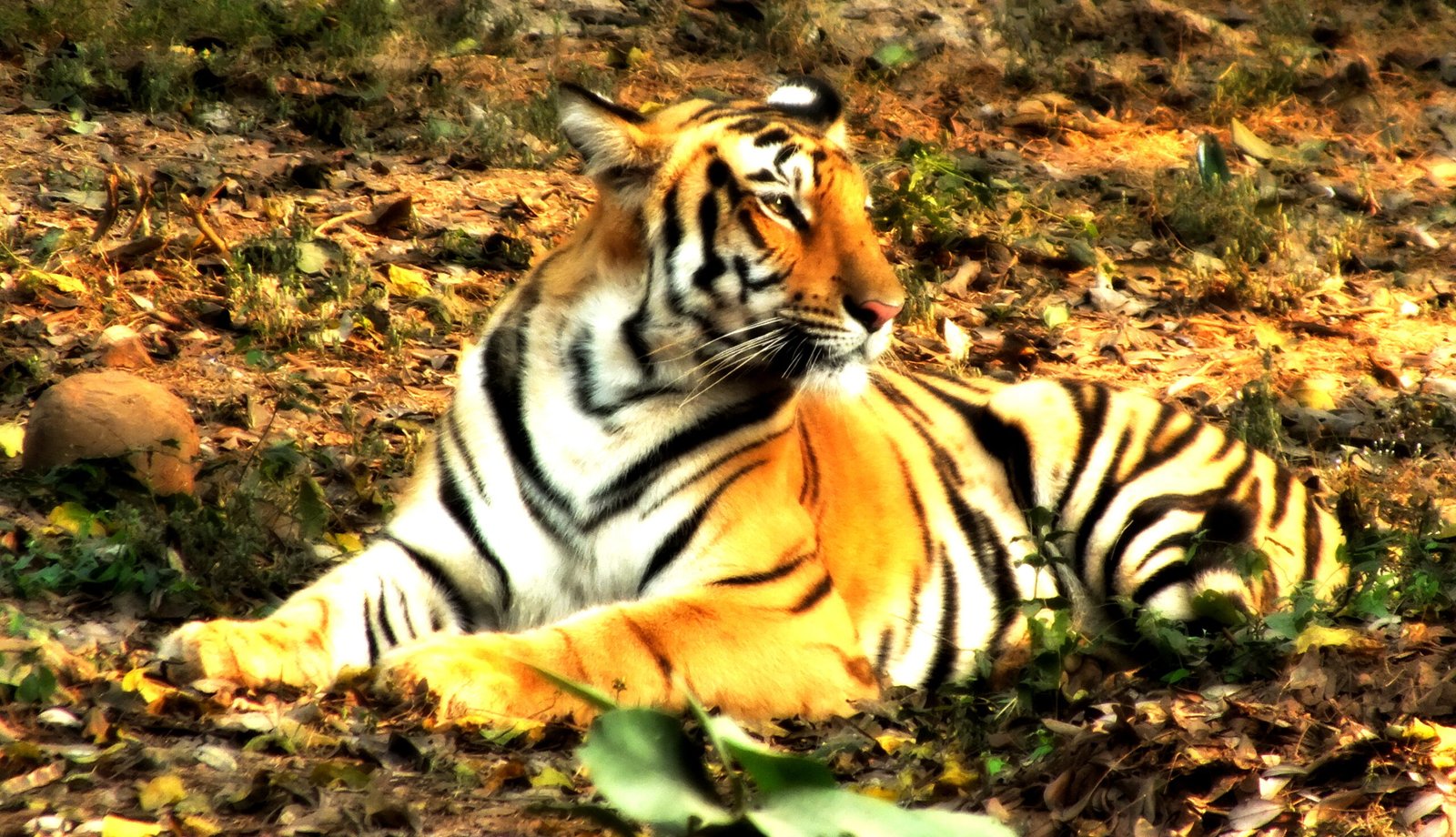
Vocalizations serve as potent territorial signals for big cats. The lion’s roar, echoing across the savanna, announces its presence and warns others to keep their distance. Tigers, too, employ a symphony of sounds, from growls to chuffs, to communicate dominance and territorial boundaries. These vocalizations not only establish borders but also play a crucial role in attracting mates. It’s a language of power, resonating through the wilderness, proclaiming ownership and strength.
Physical Displays of Dominance
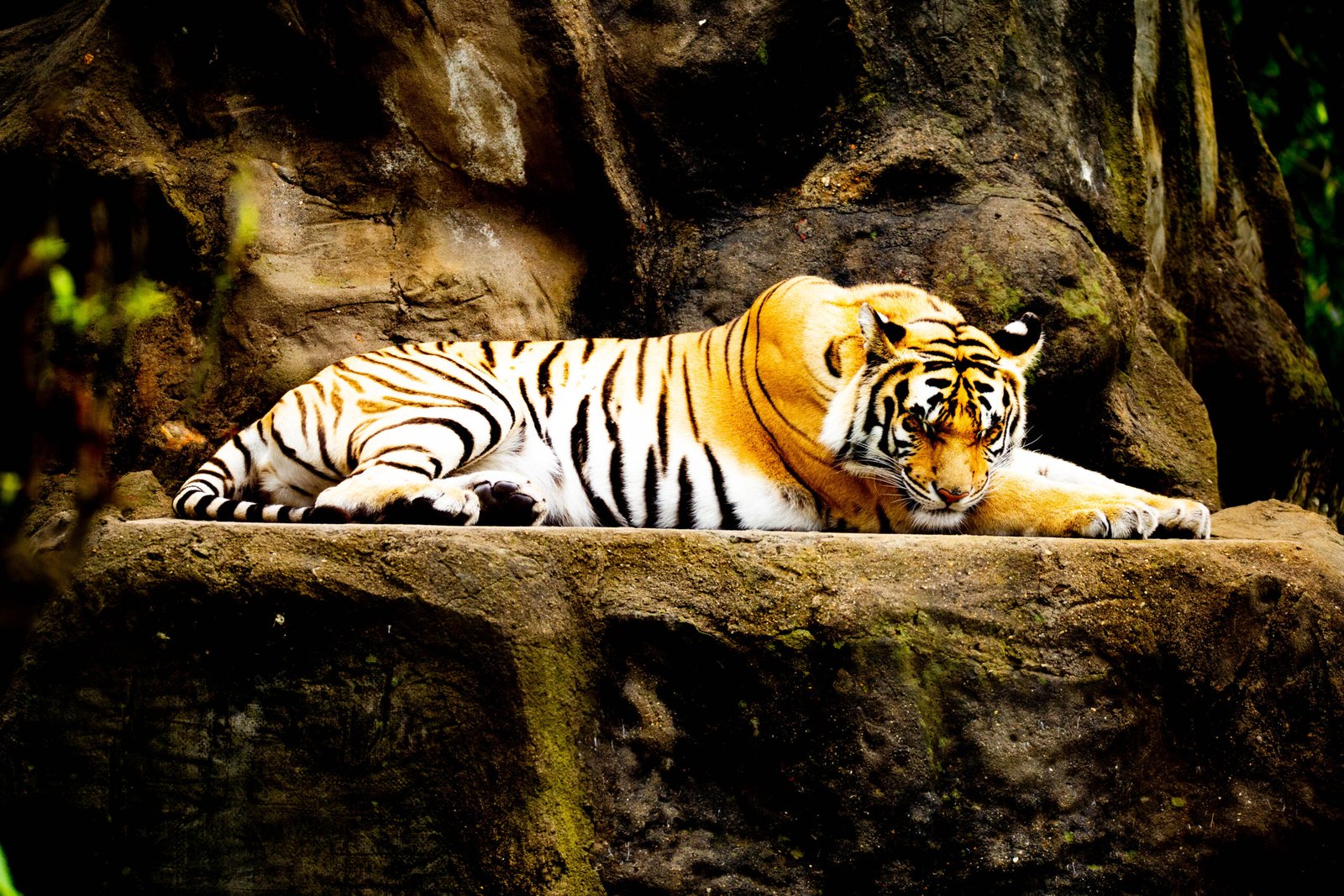
In the world of big cats, physical displays of dominance are a common sight. These displays can range from posturing and growling to more aggressive behaviors like stalking or charging. Such actions serve as warnings to would-be intruders, deterring them from encroaching on their territory. Often, the mere presence and display of strength are enough to avoid physical confrontations. It’s a dance of dominance, where strength and intimidation maintain order without bloodshed.
The Impact of Habitat on Territory Size
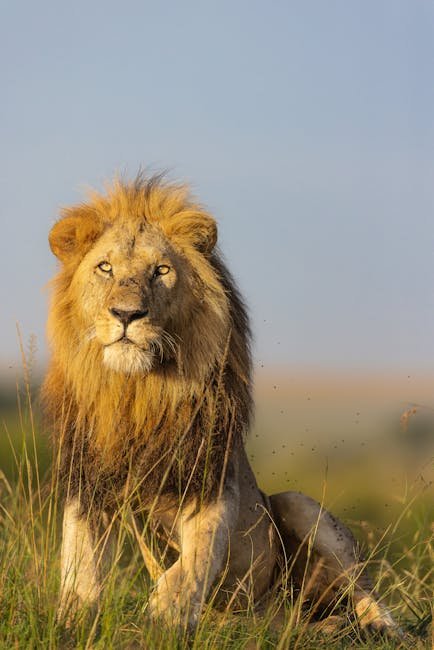
The size of a big cat’s territory is intrinsically linked to its habitat. In regions abundant with prey and resources, like savannas or grasslands, territories can be relatively small. Conversely, in challenging environments such as dense forests or mountainous regions, territories may expand to accommodate the scarcity of resources. These dynamics are vital for understanding their behavior and are crucial for conservation efforts. By grasping these nuances, we can better protect their habitats.
Social Structures and Territorial Behavior
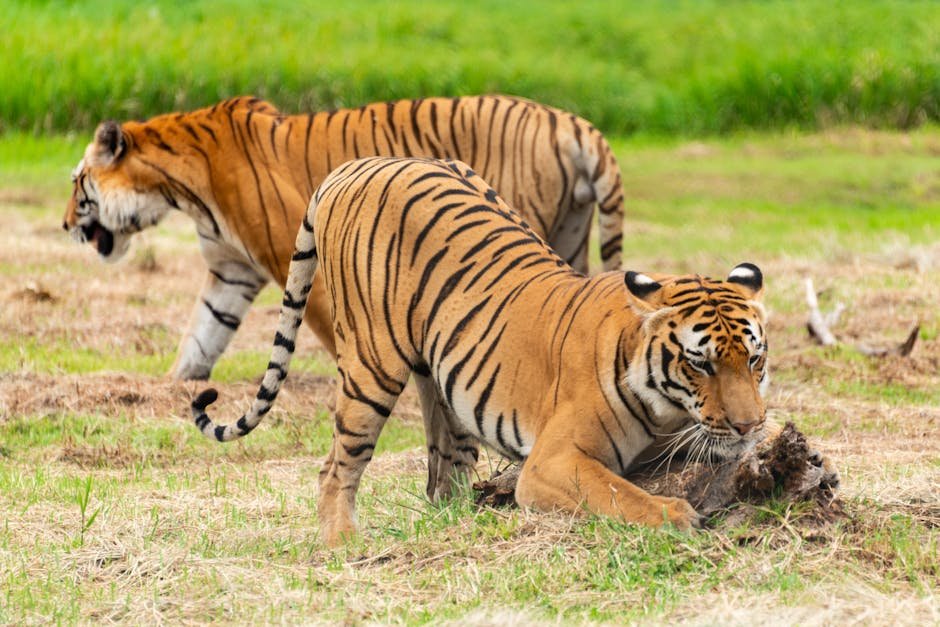
Social structures play a significant role in shaping the territorial behavior of big cats. Lions, for instance, live in prides, allowing them to defend their territory collectively. Solitary cats, like tigers and leopards, maintain individual territories and are more prone to direct confrontations with intruders. These social dynamics influence how territories are established, maintained, and defended. They are the building blocks of their society, dictating interactions and alliances.
The Role of Mating in Territory Defense
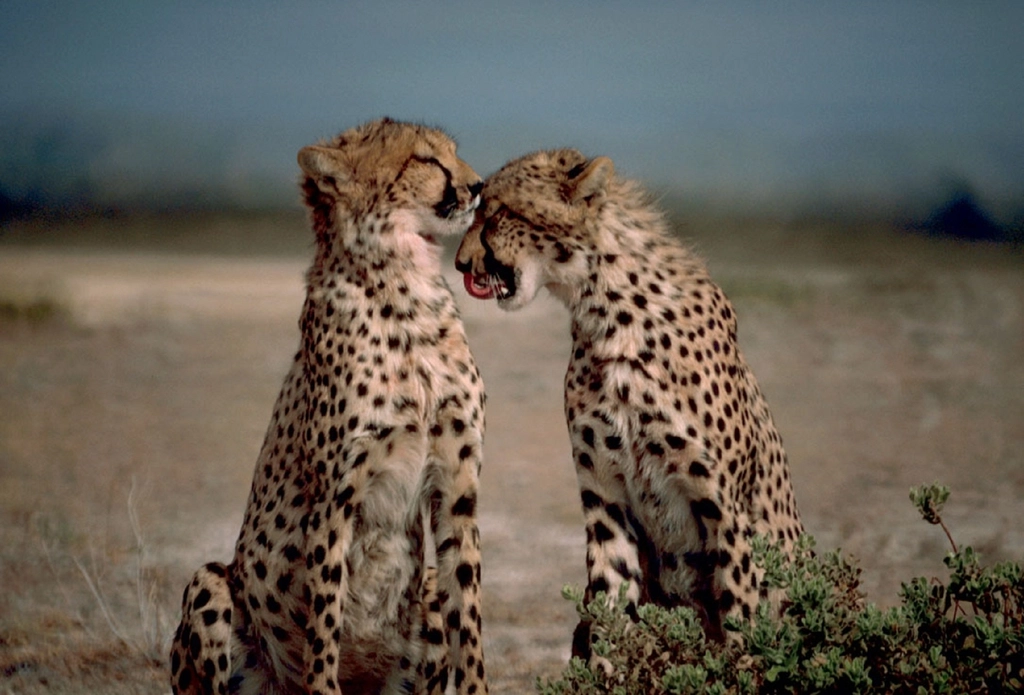
Mating season introduces a new layer of complexity to territorial behavior. During this time, males may expand their territories to attract potential mates, leading to increased aggression and confrontations. Neighboring males vie for mating rights, intensifying territorial disputes. Understanding this behavior is vital for conservationists, as it highlights the importance of maintaining healthy populations and habitats. It’s a dance of desire, where love and land intertwine.
The Consequences of Territory Loss

Territory loss is a dire threat to big cats, with far-reaching consequences. As human populations expand and habitats shrink, big cats face increased competition for resources. This can lead to conflicts with humans, reduced prey availability, and ultimately, population declines. Conservation efforts must focus on preserving habitats and ensuring that big cats have the space they need to thrive. It’s a battle for survival, where every inch of land is a lifeline.
The Role of Conservation in Protecting Territories
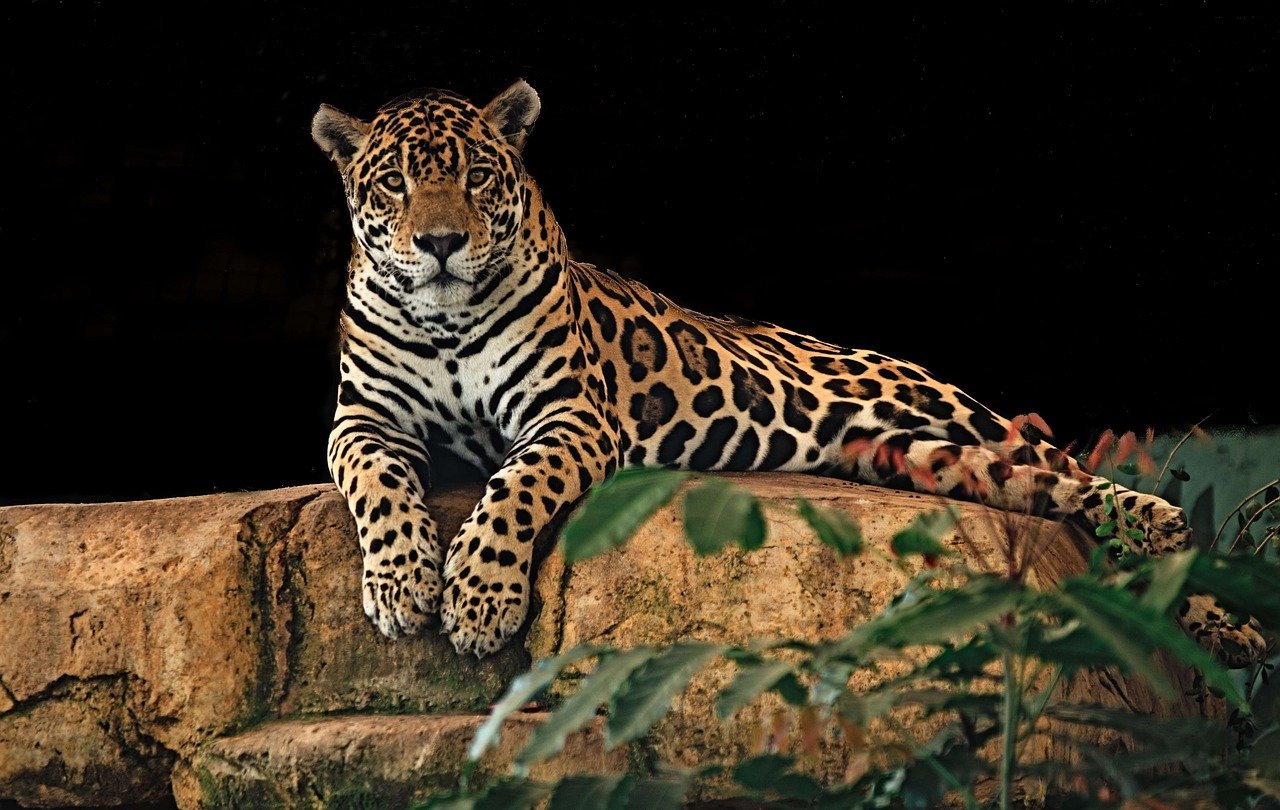
Conservation plays a pivotal role in safeguarding big cat territories. By establishing protected areas and wildlife reserves, we provide a sanctuary for these majestic animals to hunt, roam, and reproduce. Educating local communities about the importance of big cats and their territories can foster coexistence and reduce human-wildlife conflicts. It’s a collective effort, where protection and education pave the way for a harmonious future.
The Future of Big Cat Territories

The future of big cat territories hangs in the balance, threatened by habitat loss, poaching, and climate change. Yet, through concerted conservation efforts and increased awareness, there is hope. By protecting their habitats and promoting sustainable practices, we can ensure that big cats continue to thrive in the wild for generations to come. It’s a race against time, where every action counts in preserving their legacy.
The Fascination of Big Cats
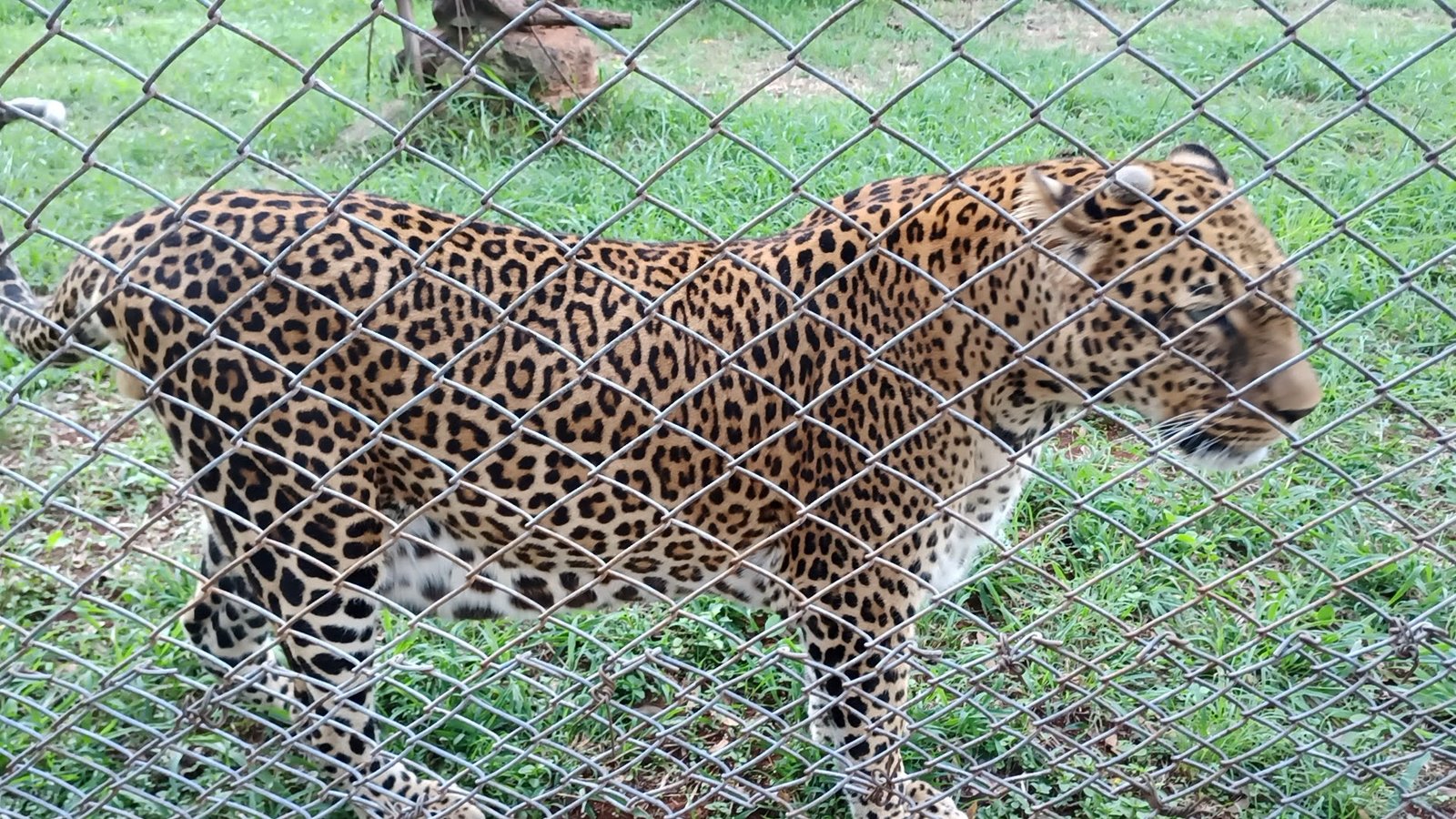
Big cats have always captivated the human imagination with their beauty, strength, and enigmatic behavior. Understanding how they maintain their territories and defend their borders deepens our appreciation for these incredible creatures. As we unravel the mysteries of their lives, we become advocates for their protection and conservation. It’s a journey of discovery, where fascination fuels the drive to preserve their world.
The Role of Technology in Monitoring Territories
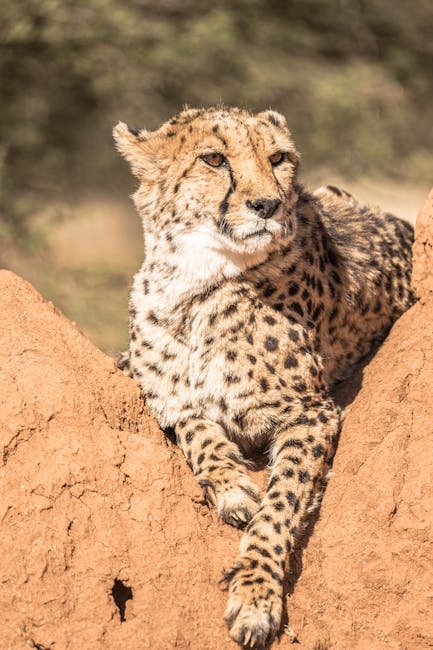
Technology has revolutionized the study and monitoring of big cats and their territories. Tools like GPS collars, camera traps, and drones provide invaluable data on their movements, behaviors, and territorial boundaries. This information is crucial for conservation efforts, helping us understand the challenges these magnificent creatures face in a rapidly changing world. It’s a fusion of science and nature, where innovation lights the path to preservation.
The Impact of Climate Change on Territories
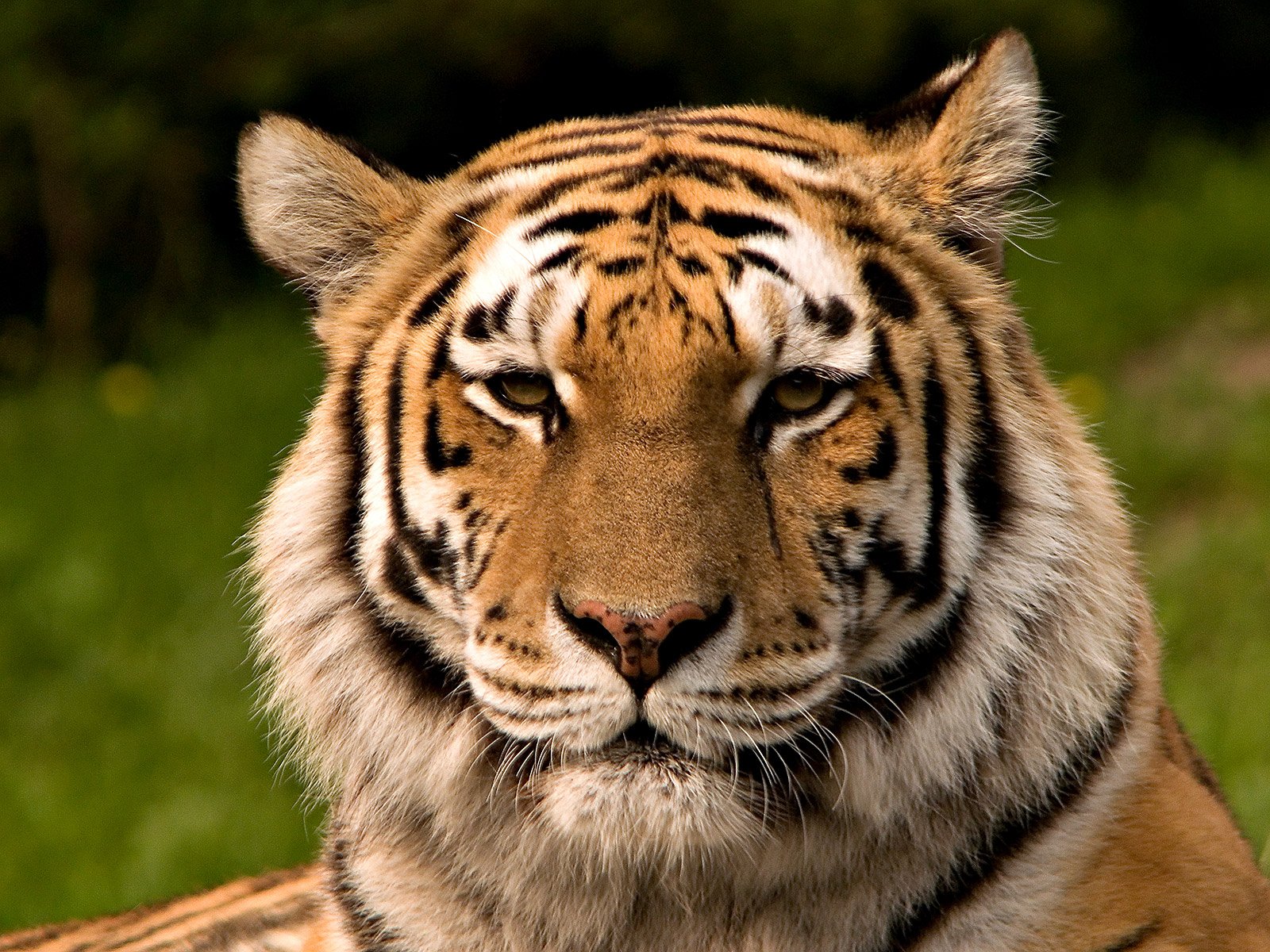
Climate change poses a formidable threat to big cat territories. As temperatures rise and weather patterns shift, the availability of prey and suitable habitats may change. Big cats may be forced to adapt or relocate, challenging their survival. Understanding these impacts is essential for developing effective conservation strategies that address the challenges posed by climate change. It’s a call to action, where adaptability and resilience are key.
The Importance of Community Involvement in Conservation
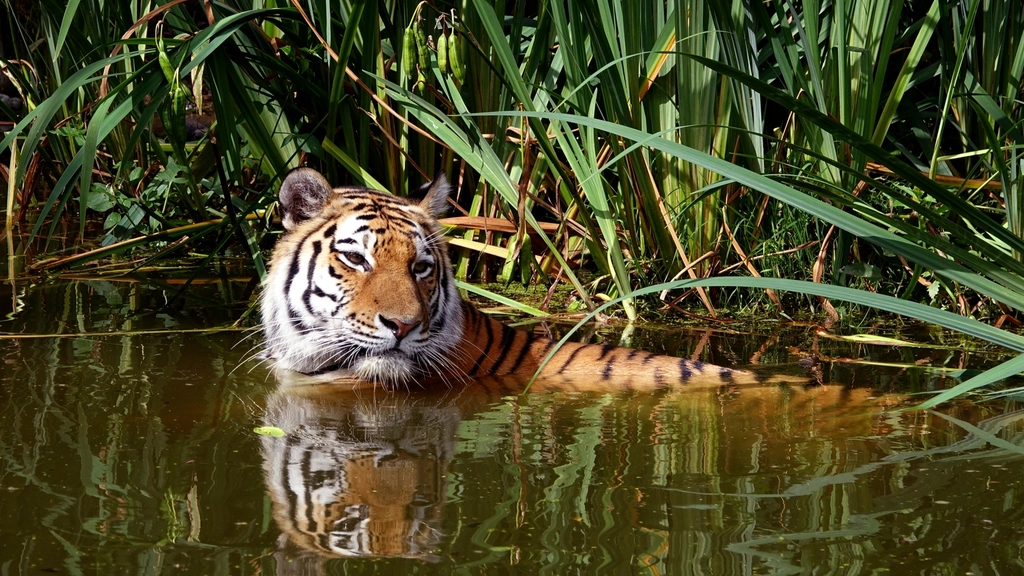
Community involvement is vital for the success of conservation efforts aimed at protecting big cat territories. Engaging local communities fosters a sense of stewardship and responsibility for the environment. By promoting sustainable practices and providing education about the importance of big cats, we create a future where humans and wildlife coexist harmoniously. It’s a partnership, where unity and understanding forge a path to coexistence.
Conclusion
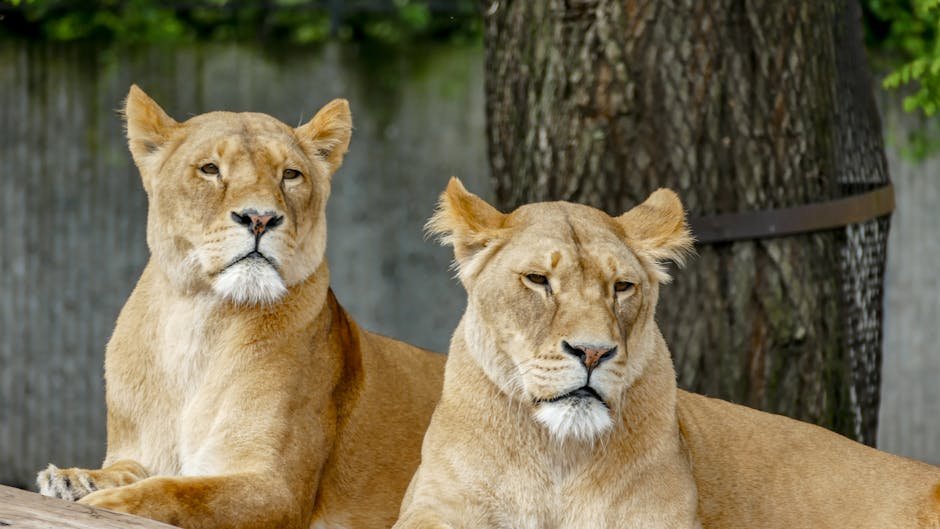
Big cats are not only majestic creatures but also vital components of their ecosystems. Their ability to maintain territories and defend their borders is a testament to their adaptability and resilience. As we continue to learn about these incredible animals, it is essential to advocate for their protection and conservation. By working together, we can ensure that future generations will have the opportunity to marvel at the beauty and majesty of big cats in the wild.


Born and bred in South Africa, a Capetonian at heart. Amy-Leigh’s love for nature and animals was inherited from her Dad. He loves taking the family on road trips to experience nature at its finest; Amy-Leigh’s favourite being whale watching in Hermanus and spotting Kudu along the West Coast. Amy-Leigh holds a BA in English Literature and Communication Studies.






